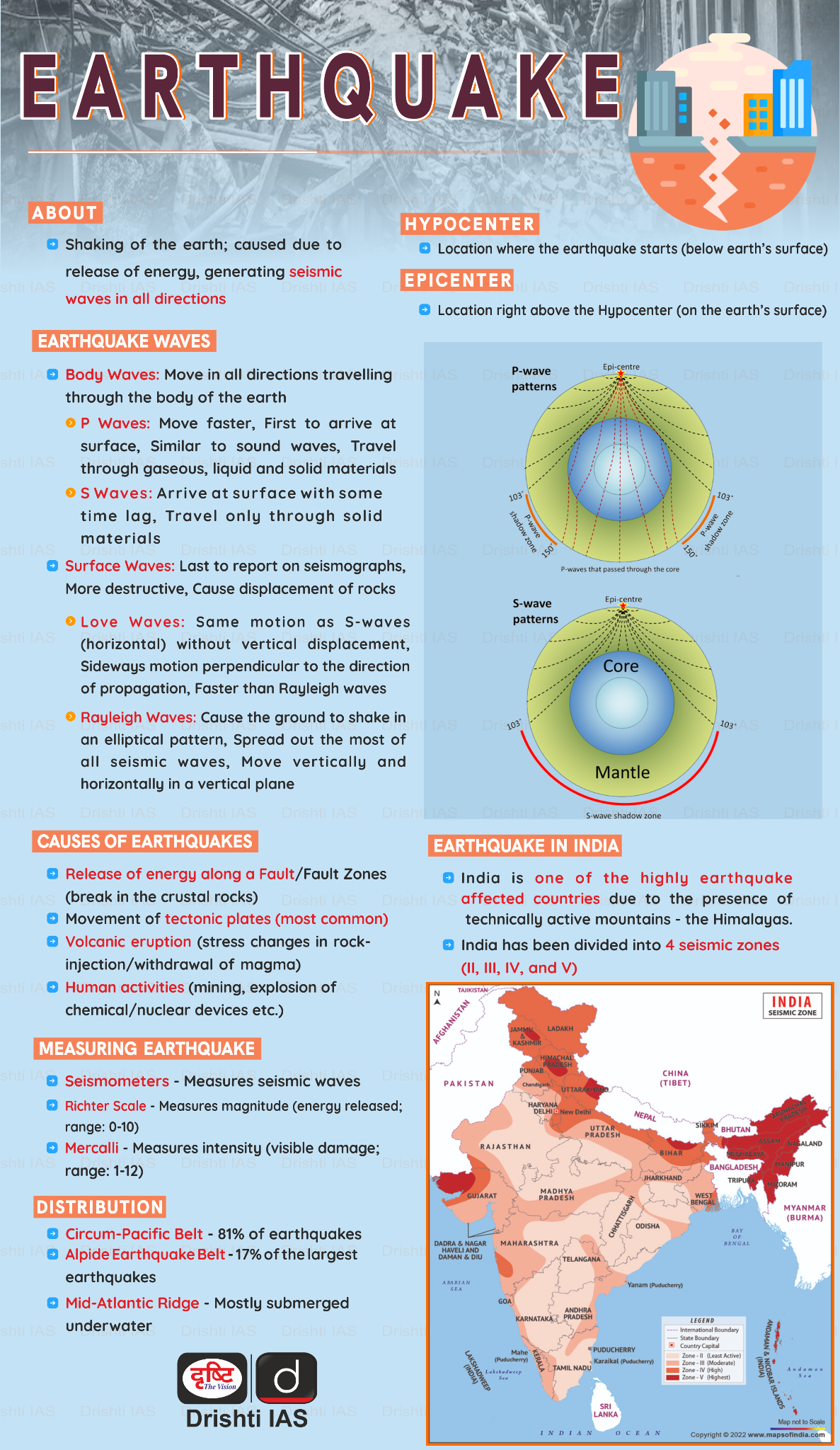Madhya Pradesh Switch to Hindi
Detonators Explode on Railway Track
Why in News?
A military special train was briefly halted after 10 railway detonators exploded on the tracks near Sagphata, between Nepanagar and Khandwa stations in Madhya Pradesh.
- The incident has prompted an investigation by the Railway Protection Force (RPF) to determine the cause and potential motives behind the placement of the detonators.
Key Points
- The detonators, described as “harmless” by railway officials, are typically used to alert train drivers of potential obstructions or dangers on the tracks.
- These devices produce a loud noise when triggered by the pressure of a train engine, serving as a warning signal.
- Their unexpected presence on the tracks during the passage of a military train has raised significant security concerns.
- The RPF is currently investigating the incident from all angles, including the possibility of sabotage or mischief.
- This incident has highlighted the need for heightened security measures along railway tracks, especially those used by military trains.
- Detonators:
- A detonator is a device used to trigger an explosive material, initiating a controlled explosion.
- Detonators are crucial components in mining, demolition, military applications, and other industrial uses where controlled explosions are required.
- There are different types of detonators, such as:
- Electrical Detonators: These are triggered by an electric current and are commonly used in mining and construction. They consist of a small charge that ignites the main explosive.
- Non-Electrical Detonators: These use other means, such as a shock tube or a fuse, to initiate the explosion without requiring electricity.
- Electronic Detonators: These advanced devices allow for precise timing of the explosion and are often programmable.
Railway Protection Force (RPF)
- The RPF is an armed force under the control of the Union Ministry of Railways, tasked with protecting railway property, passenger areas, and passengers.
- Originally part of the Watch and Ward set-up of Private Railway Companies in 1881, it was reorganised into a statutory body under the RPF Act, 1957.
Popular Explosives
- Dynamite: Dynamite is a type of explosive mainly made by mixing nitroglycerin with an absorbent material such as clay.
- This mixture stabilizes the highly volatile nitroglycerin, making it safer to handle and transport.
- Ammonium Nitrate: Ammonium nitrate is an inorganic compound consisting of ammonium ions (NH4) and nitrate ions (NO3).
- It's commonly used as an agricultural fertilizer, but it can also be used as an explosive in certain conditions, particularly when combined with a fuel source.
- TNT (trinitrotoluene): TNT is an organic compound derived from toluene, an aromatic hydrocarbon.
- TNT is a yellow, odourless solid that is relatively stable and insensitive to shock and friction, making it a popular choice as an explosive used in military shells, in industrial uses, and in underwater blasting.
- TNE (Trinitroethylener): TNE is an organic nitrate compound. It has been used as an explosive but is less common compared to other explosives like TNT.
- RDX (Royal Demolition explosive): RDX is an organic compound, in appearance it is a white powder and is very explosive widely used in military and civilian applications due to its high explosive power and stability.
- It is also known as cyclonite or hexogen.
Rajasthan Switch to Hindi
Earthquake Tremors in Rajasthan
Why in News?
Recently the residents of Barmer, Rajasthan, experienced mild earthquake tremors.
- The tremors led to a brief period of panic, with people vacating buildings and gathering in open spaces.
Key Points
- Location: Barmer, Rajasthan
- Magnitude: 3.5 on the Richter scale
- Structural Damage: No major structural damage has been reported. Some minor cracks in buildings were observed.
- Emergency Response: Local authorities quickly responded, ensuring that emergency protocols were followed. They have advised residents to stay alert and follow safety guidelines in case of aftershocks.
- Seismic Waves: Seismic waves are the vibrations from earthquakes that travel through the Earth and are recorded on instruments called seismographs.
- Seismographs record a zigzag trace that shows the varying amplitude of ground oscillations beneath the instrument.
- Richter Scale and Mercalli Scale: The earthquake events are scaled either according to the magnitude or intensity of the shock.
- The magnitude scale is known as the Richter scale. The magnitude relates to the energy released during the earthquake which is expressed in absolute numbers, 0-10.
- The intensity scale or Mercalli scale takes into account the visible damage caused by the event. The range of intensity scale is from 1-12.
Seismic Zones in India
- There are four seismic zones (II, III, IV, and V) in India based on scientific inputs relating to seismicity, earthquakes that occurred in the past and tectonic setup of the region.
- Previously, earthquake zones were divided into five zones with respect to the severity of the earthquakes but the Bureau of Indian Standards (BIS) grouped the country into four seismic zones by unifying the first two zones.
- BIS is the official agency for publishing the seismic hazard maps and codes.
- Seismic Zone II:
- Area with minor damage earthquakes corresponding to intensities V to VI of MM scale (MM-Modified Mercalli Intensity scale).
- Seismic Zone III:
- Moderate damage corresponding to intensity VII of MM scale.
- Seismic Zone IV:
- Major damage corresponding to intensity VII and higher of MM scale.
- Seismic Zone V:
- The area around major fault systems is where seismic activity is concentrated, making it the most earthquake-prone region.
- Earthquake zone V is the most vulnerable to earthquakes, where historically some of the country’s most powerful shocks have occurred.
- Earthquakes with magnitudes in excess of 7.0 have occured in these areas, and have had intensities higher than 9.
Bihar Switch to Hindi
Sahara India Investors Relief Efforts: A Closer Look
Why in News?
The Sahara India Group has been embroiled in a financial crisis, leaving millions of investors across India, including 33,000 from Bihar, struggling to recover their money.
Key Points:
- Approximately Rs. 1 lakh crore from around 10 crore investors nationwide is trapped in four cooperative societies of the Sahara India Group.
- Among them are 33,000 investors from Bihar, with Rs. 410 crore stuck.
- The central government has initiated efforts to return the money, with some investors already receiving Rs. 10,000.
- Now, the refund limit has been raised to Rs. 50,000.
- Sahara India Group has launched the CRC Sahara Refund Portal, through which investors can claim their pending amounts.
- The district administration has also provided details about the portal on its official website. Investors are encouraged to promptly submit their claims through the portal to expedite the refund process.
Jammu & Kashmir Switch to Hindi
Rising Dengue Cases in Jammu & Kashmir
Why in News?
The number of dengue cases has risen in Jammu & Kashmir and is currently experiencing a concerning increase in dengue cases, with officials confirming 934 cases so far this year.
Key Points
- Dengue is a mosquito-borne tropical disease caused by the dengue virus (Genus Flavivirus), transmitted by several species of female mosquito within the genus Aedes, principally Aedes aegypti.
- The region has reported a steady rise in infections over the past week, with daily counts fluctuating between 19 to 83 cases.
- This upsurge in dengue cases comes as health authorities ramp up their efforts to manage the outbreak and educate the public on preventive measures.
- Common symptoms of dengue include:
- Fever
- Headache
- Pain behind the eyes
- Muscle, joint, or bone pain
- Rash
- Nausea and vomiting
- Preventive Measures:
- Officials are urging people to take preventive steps to stop the spread of the disease because no dengue vaccine is available till now.
- The Authority emphasized the importance of eliminating mosquito breeding sites, particularly stagnant water, and advised individuals to take personal precautions to avoid mosquito bites.
- Using mosquito repellents and wearing long-sleeved clothing.
- Using mosquito nets during daytime sleep and treating them with insect repellents.
- Staying vigilant and monitoring for symptoms


.png)



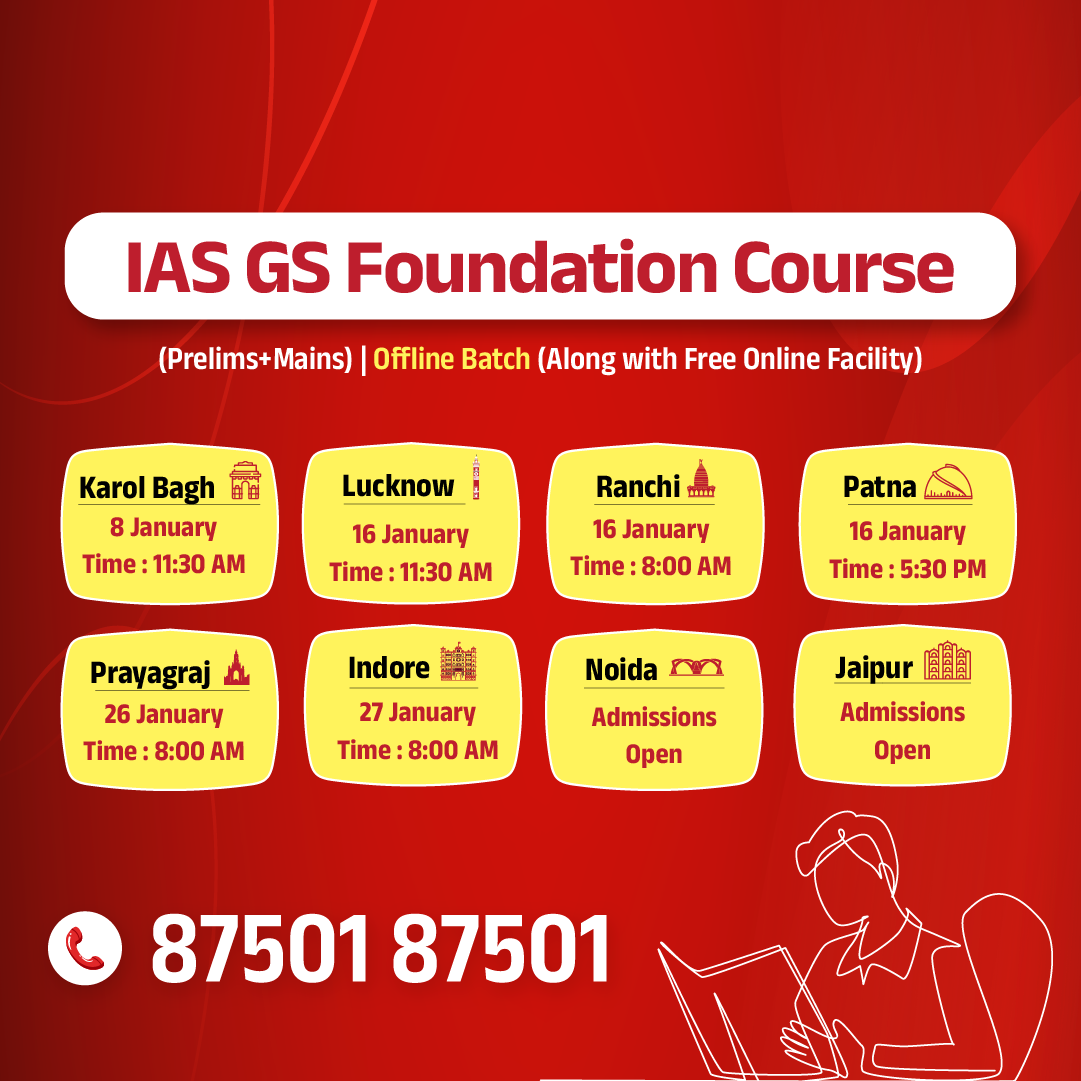
.jpg)








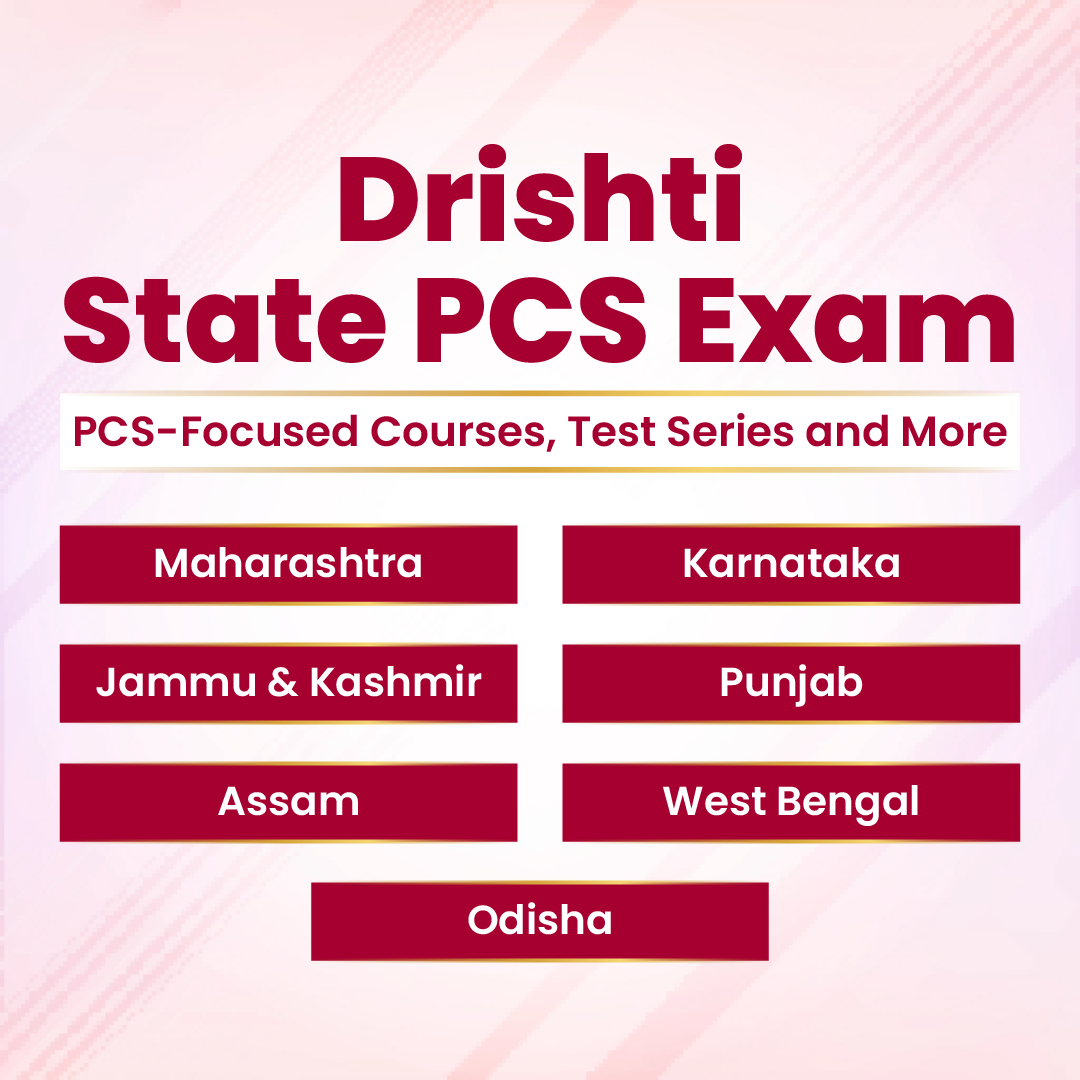

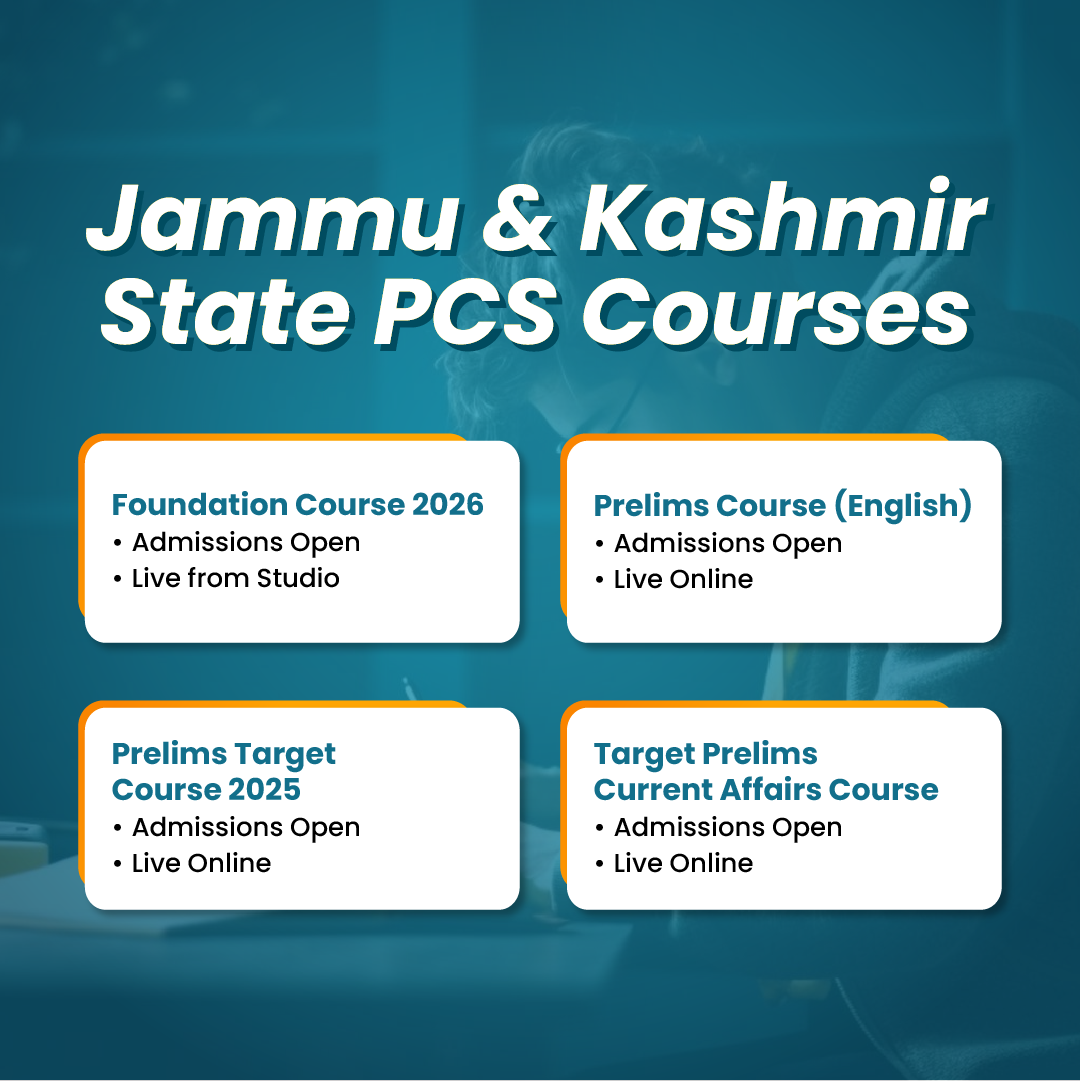

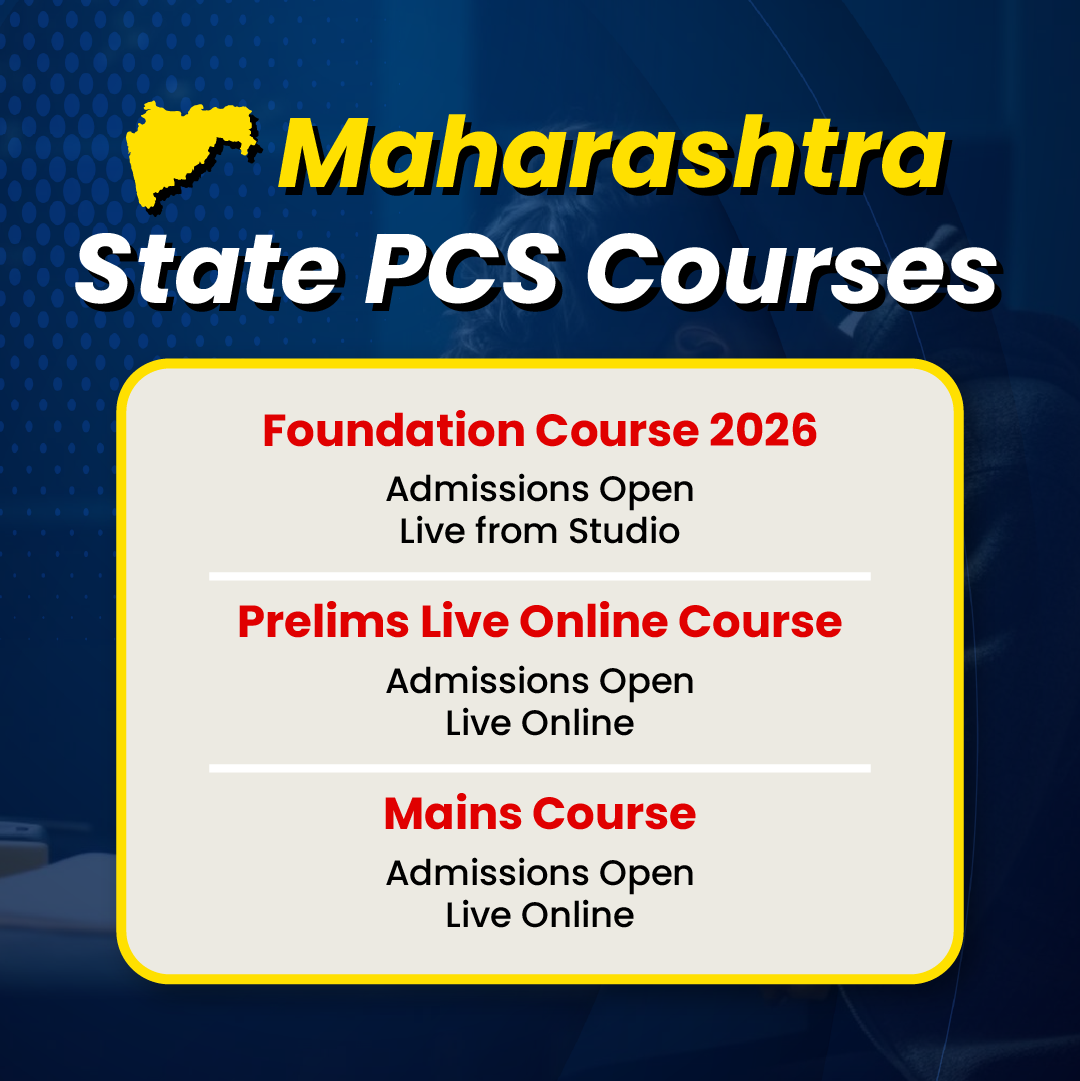

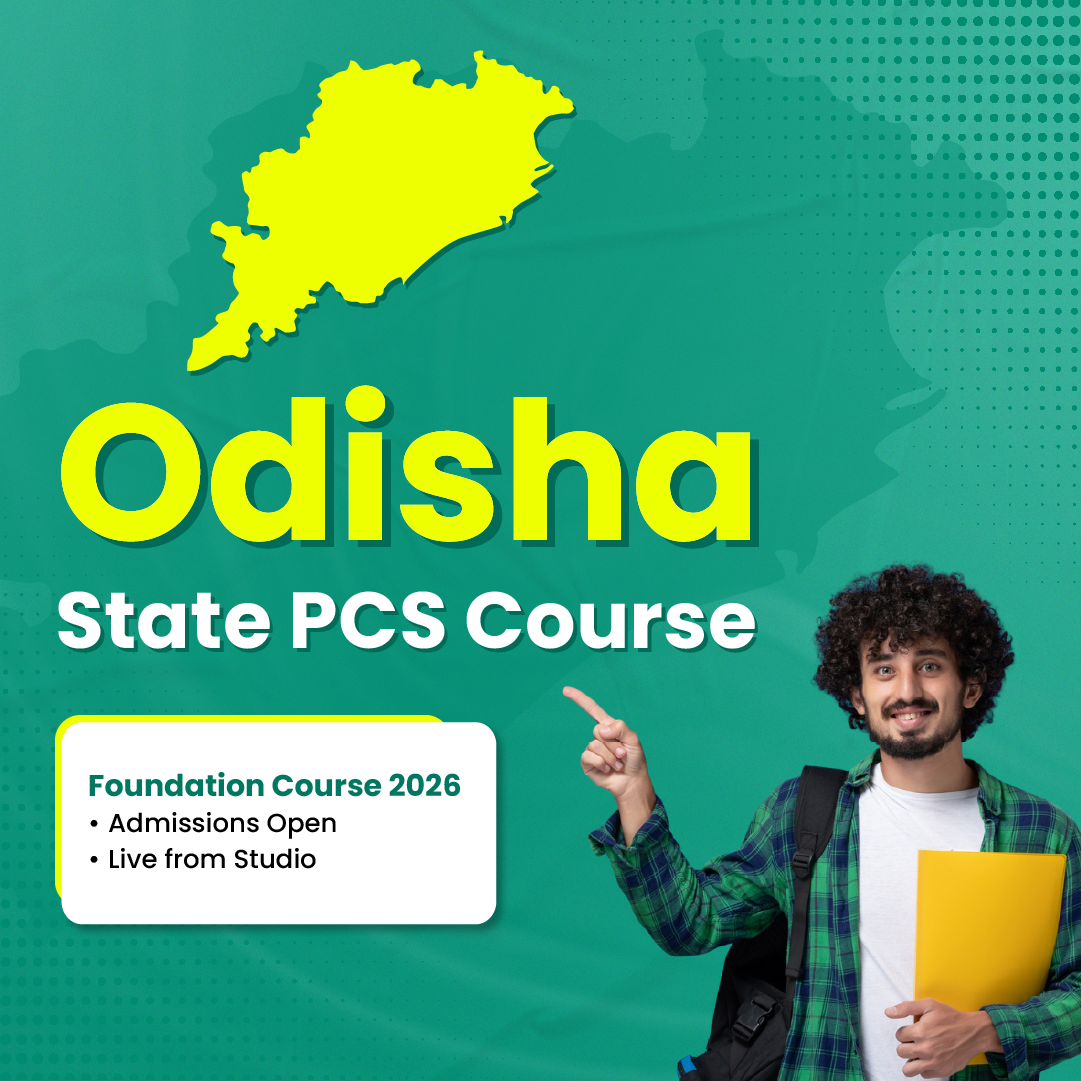





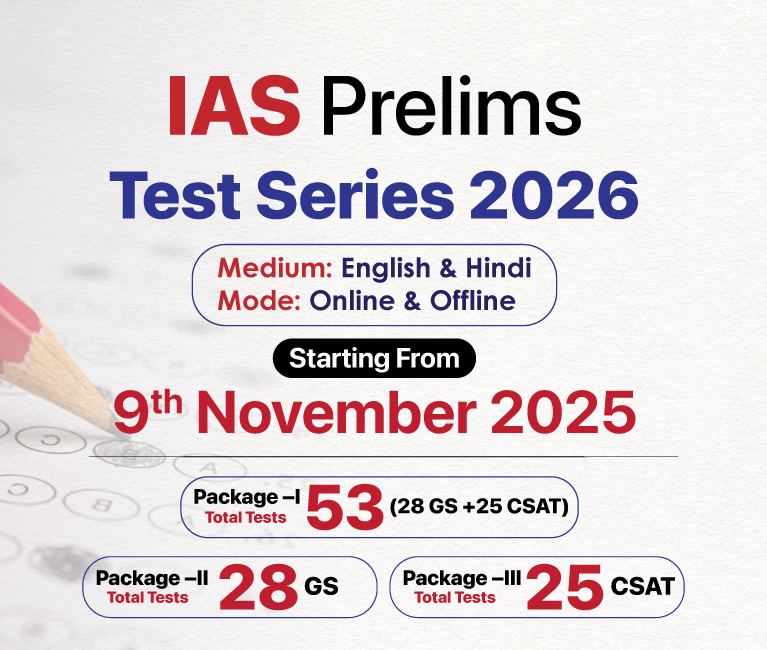


.png)


.jpg)

 PCS Parikshan
PCS Parikshan